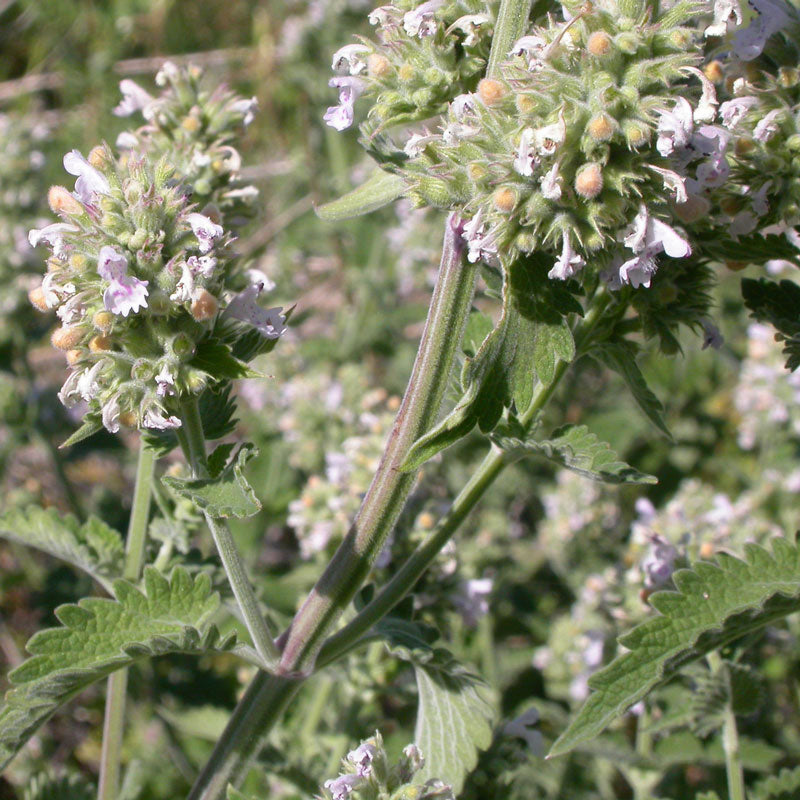

Catnip (Nepeta cataria)
- $14.00 CAD
- $14.00 CAD
- Unit price
- per
50g, 100g, 250g
Couldn't load pickup availability
Parts used: Entire herb
Properties
Antispasmodic, carminative, diaphoretic, febrifuge, nervine, sedative
Primary nutrients
Calcium, magnesium, manganese, organic iron, phosphorus, potassium, selenium, silicon, sodium, vitamins A, B-complex, C and E.
Catnip tea has been used for centuries, perhaps even thousands of years. Catnip was used by Native Americans for soothing colic in infants. It was used to induce sweating without increasing body heat, cure colds and fevers, and as a sedative for pain, restlessness, convulsions and insomnia.
Catnip is also used to improve circulation and may help regulate blood pressure. Studies have proven the effectiveness of catnip. It is useful for calming the nerves and helping with anemia and menstrual problems. It also contains some antibiotic properties. It is a mild tonic used for colds, flu and fevers. It also helps stimulate the appetite. Catnip is a member of the mint family and has similar properties to other mints, such as calming the stomach and aiding in digestion.
Primary Applications
Bronchitis
Chicken Pox
Circulation, poor
Colds
Colic
Convulsions
Croup
Diarrhea
Fevers
Flu
Gas
Gastric disorders
Secondary Applications
Anemia
Blood impurities
Coughs
Cramps, menstrual/muscle
Fatigue
Headaches
Hemorrhoids
Hiccups
Infertility
Insanity
Kidney problems
Liver disorders
Lung congestion
Menstrual symptoms
Miscarriage, preventive
Morning sickness
Nervousness
Nicotine withdrawal
Pain
Restlessness
Shock
Skin problems
Sores
Spasms
Stomach, upset
Stress
Vomiting
50g, 100g, 250g
RELATED PRODUCTS
- Choosing a selection results in a full page refresh.


